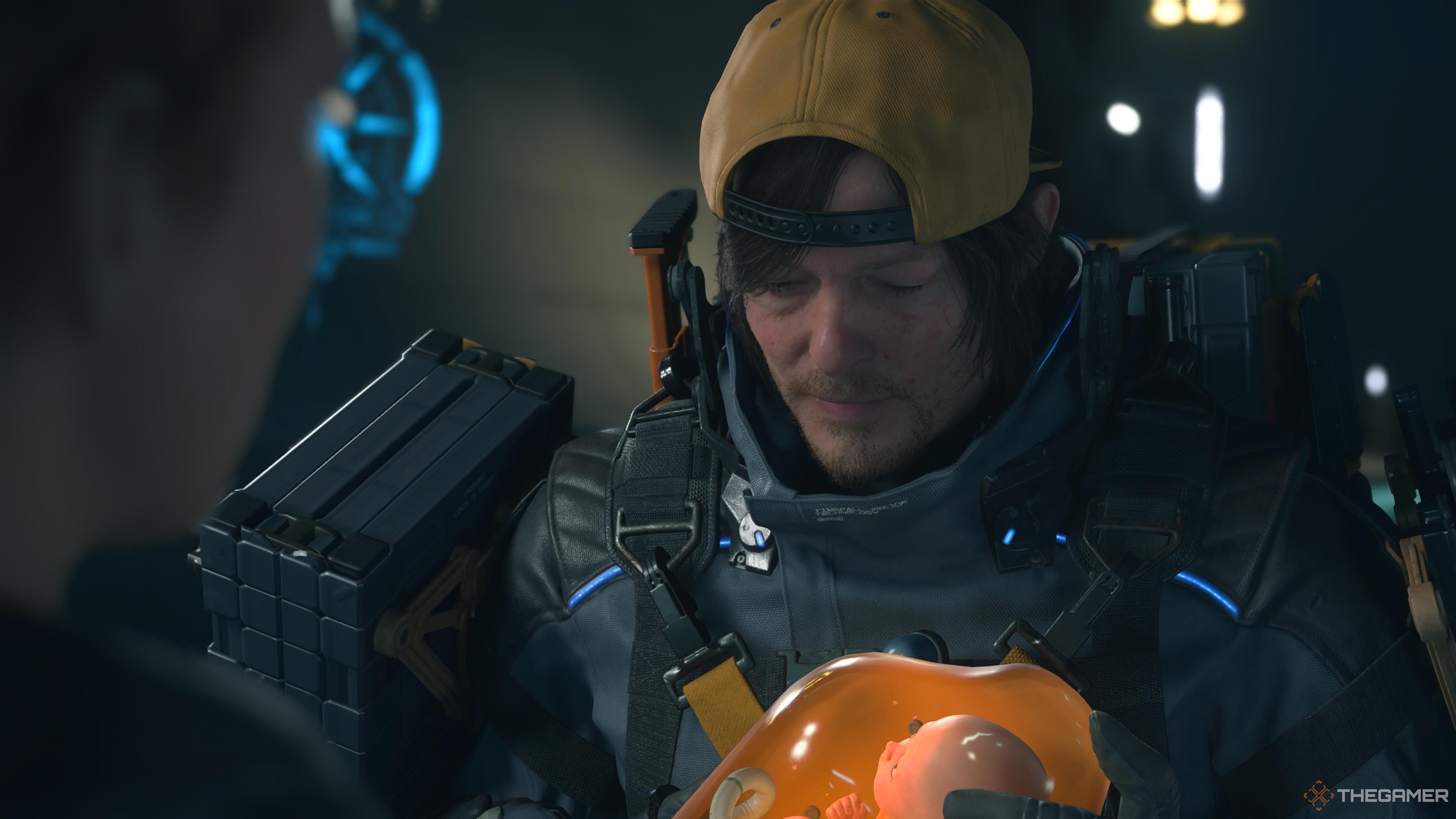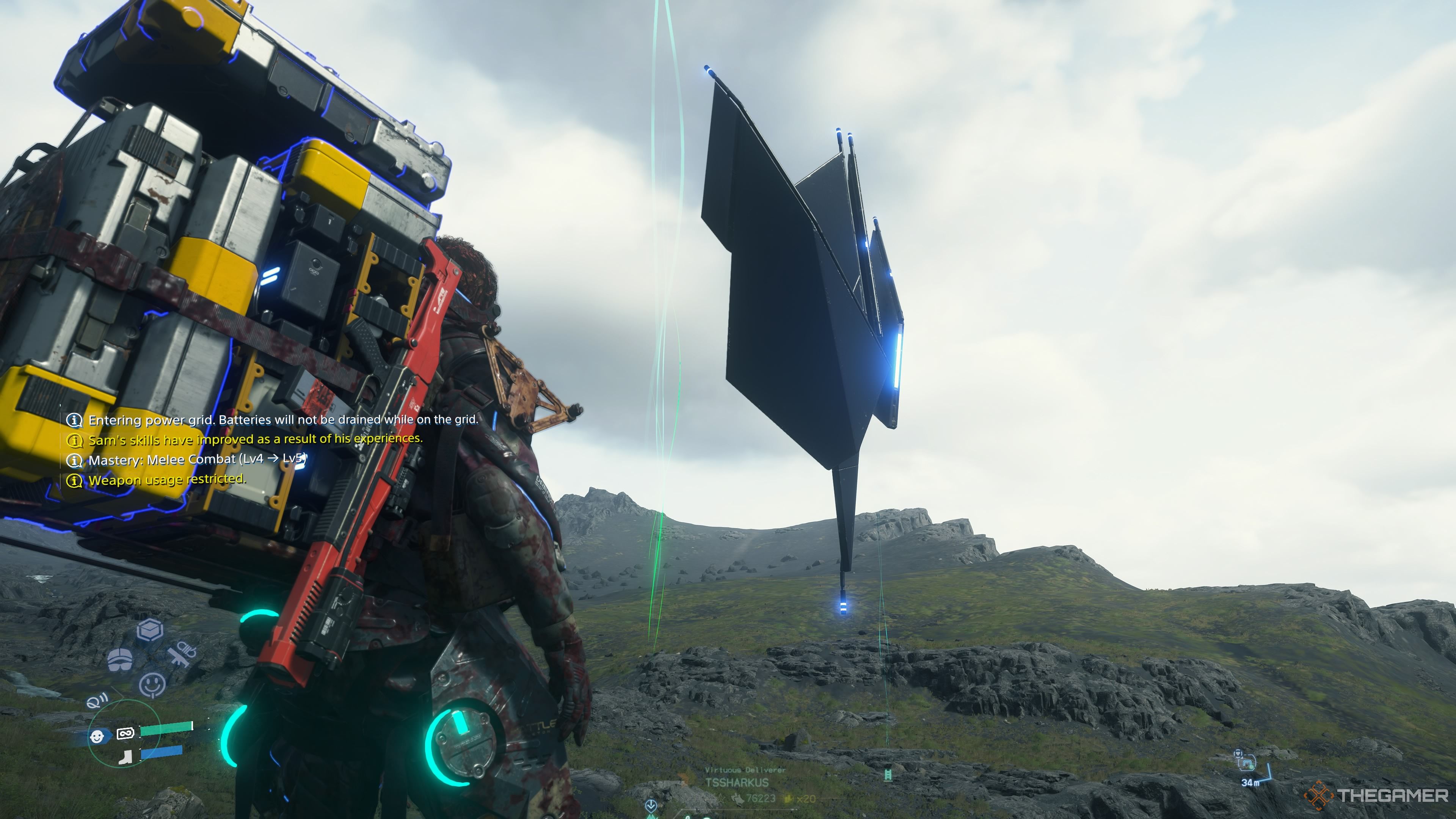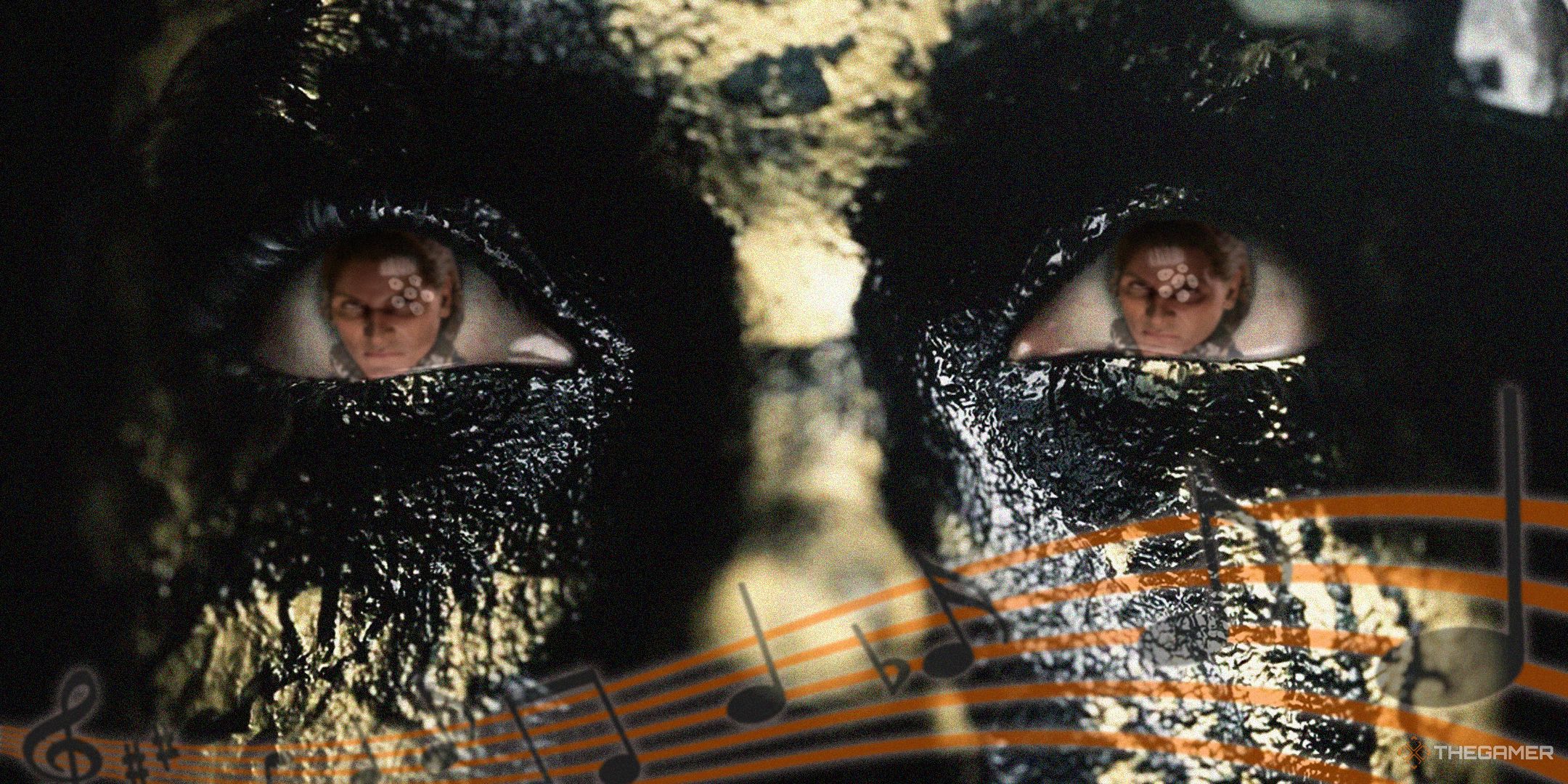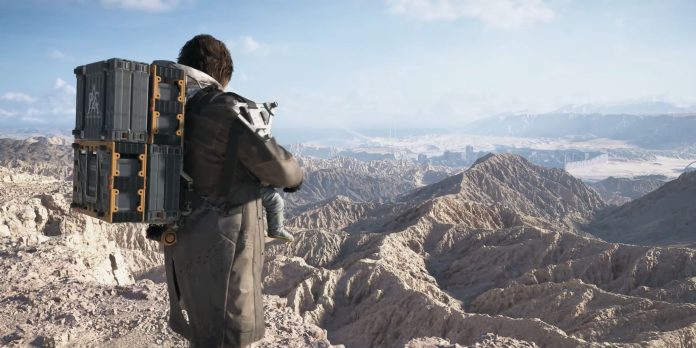Hideo Kojima is touted as a bastion of originality. One of video games’ few auteurs. He’s on most people’s gaming Mt. Rushmores, spoken of in similarly reverential tones to Shigeru Miyamoto and Fumito Ueda. For the most part, that reverence seems warranted, but Death Stranding and its recent sequel, Death Stranding 2: On the Beach, aren’t as original as you might think.
I’m going to preface this article with the caveat that I love Death Stranding and haven’t played its sequel, due to the fact that I am, as ever, waiting for a PC port so I can finally get my hands on the PlayStation exclusive. Mechanically speaking, Death Stranding was revolutionary in its crunchy exploration of traversal, and I’d love more games to implement similar (but not the same) friction to basic mechanics.

I’ve never played a Metal Gear game, although I plan on rectifying that soon. I’ve heard tell of the numerous creative mechanics in the series, and they sound great. I have no doubt that Kojima is a genius when it comes to making video games. The narrative of Death Stranding, however, seems a whole lot less original.
On The Beach – Nevil Shute

It’s been close to a decade since I read On the Beach in university. I enjoyed the 1957 post-apocalyptic novel, but it didn’t make a huge impact on me. It clearly made a far bigger impact on Hideo Kojima, however, as he lifted several ideas straight from its pages.
Nevil Shute was a British expat living in Australia, and his most famous novel is set in the same country. The story follows a group of Melbourne residents who are awaiting a cloud of atomic radiation that is heading south in the aftermath of World War 3, which has already ravaged the northern hemisphere. It’s bleak, it’s barren, it’s remarkably similar to Death Stranding.
Unlike most post-apocalyptic novels – and unlike Death Stranding itself – Shute’s novel is iconic due to the futility of the protagonists’ actions. There is no hope. There is no escaping the oncoming storm. They must simply await their deaths. It’s hardly the most innovative piece of speculative fiction to be released in the post-war years, but it’s memorable and impactful.
Aside from the setting, vibe, and verbatim title – which is also a reference to T. S. Eliot’s famous poem The Hollow Men – there’s one crucial plot point of On the Beach that underpins the entirety of Death Stranding. The Australians receive a message from a North American submarine during the events of the novel. A message that represents hope, that there could be life after the nuclear fallout. The contents of that message? One word: connect.
On The Beach – Hideo Kojima

I’m not trying to say that Kojima is a wholesale plagiarist. I’m not even saying he’s a copycat. After all, he built his whole narrative on that one-word message, expanding on it and exploring it in a way that makes sense to contemporary audiences. But he was clearly, heavily inspired by Shute’s novel, and it’s worth reading if you’re interested in seeing those connections – pun very much intended – yourself.
There are plenty of similarities between the two works of fiction, but there’s plenty that sets them apart, too. Shute offers one of the most pessimistic views of the end of the world I’ve ever read, whereas Kojima trades on hope. The developer, too, expands on the theme of connection that is barely explored in the book (largely thanks to all the nihilism), and translates it to a game mechanic we’ve only seen a handful of times since.

Then there’s all the stories that occur within this narrative framework of connecting the post-apocalypse. On the Beach (the novel, that is) has no Fragile, no Higgs, no BTs, no chiral network, and no artists wanting their gear transported across the wasteland. While I personally think that these stories are some of the weaker points of Death Stranding, they set the game apart from the novel that inspired it.
If somehow you’re already done with Death Stranding 2: On the Beach, maybe it’s time to read On the Beach. Or, if reading’s not really your thing, there’s a film with Gregory Peck, too. I’ve not seen it, so it could be rubbish, but maybe it’ll add some depth to the
strand canon that nobody else has noticed. Either way, you’ll get a sense of the story that probably inspired the broad strokes of Death Stranding.

Next
I Met The Devil And Got A Glimpse Of Death Stranding 2
Sometimes visiting central London is hell, but this takes it to a new level.
